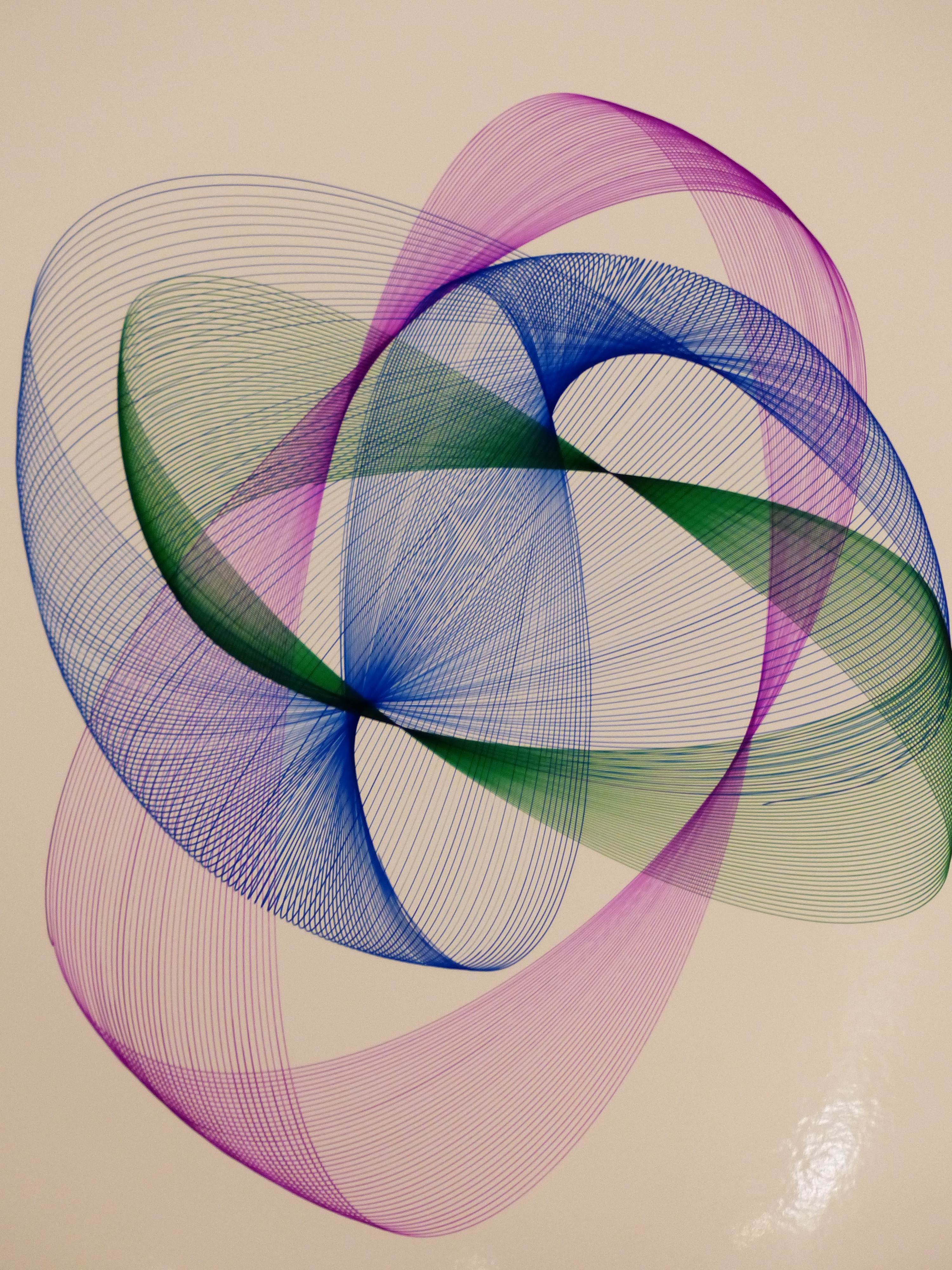By Liam Morrow, Queensland University of Technology
Non-linear differential equations appear frequently in applied mathematics and are used to describe different physical systems some common ones being gravitation and fluid dynamics but there are a myriad of others. Despite their usefulness they can be very tricky to study as there are almost no general techniques that work for all equations, and most equations need to be studied as separate problems. As you can imagine, the proposal of a new technique for solving these equations can cause quite a stir in the mathematical community.
The Homotopy Analysis Method (HAM) is a relatively new method for solving such equations developed by Shijun Liao of Shanghai Jiaotong University. The method utilises the concept of homotopy (continuous deformation of one equation into another). In essence, HAM works by taking the non-linear equation and generates a series of linear equations that approximate the exact solution. Since its creation in 1992 HAM has been widely used in a range of industries ranging from science to finance.
Despite HAM’s success, there remains some skepticism over the method’s uniqueness and effectiveness as series solution methods have been well established for quite some time. One such method is the Taylor series introduced in 1715, a concept typically taught to first year calculus students. It has been my goal to examine HAM and compare it to the Taylor series and Padé approximant (a series acceleration technique developed around 1890) methods, both of which have been well established for quite some time.
Investigation of a problem proposed by Liao revealed that while HAM was more efficient than the Taylor series, the Padé approximant was by far the most efficient. That is to say, it was able to approximate the exact solution over the largest domain. While HAM certainly has been shown to be useful in various areas of applied mathematics the results from this investigation raise the question – is HAM really deserving of its hype?
Liam Morrow was one of the recipients of a 2013/14 AMSI Vacation Research Scholarship.

